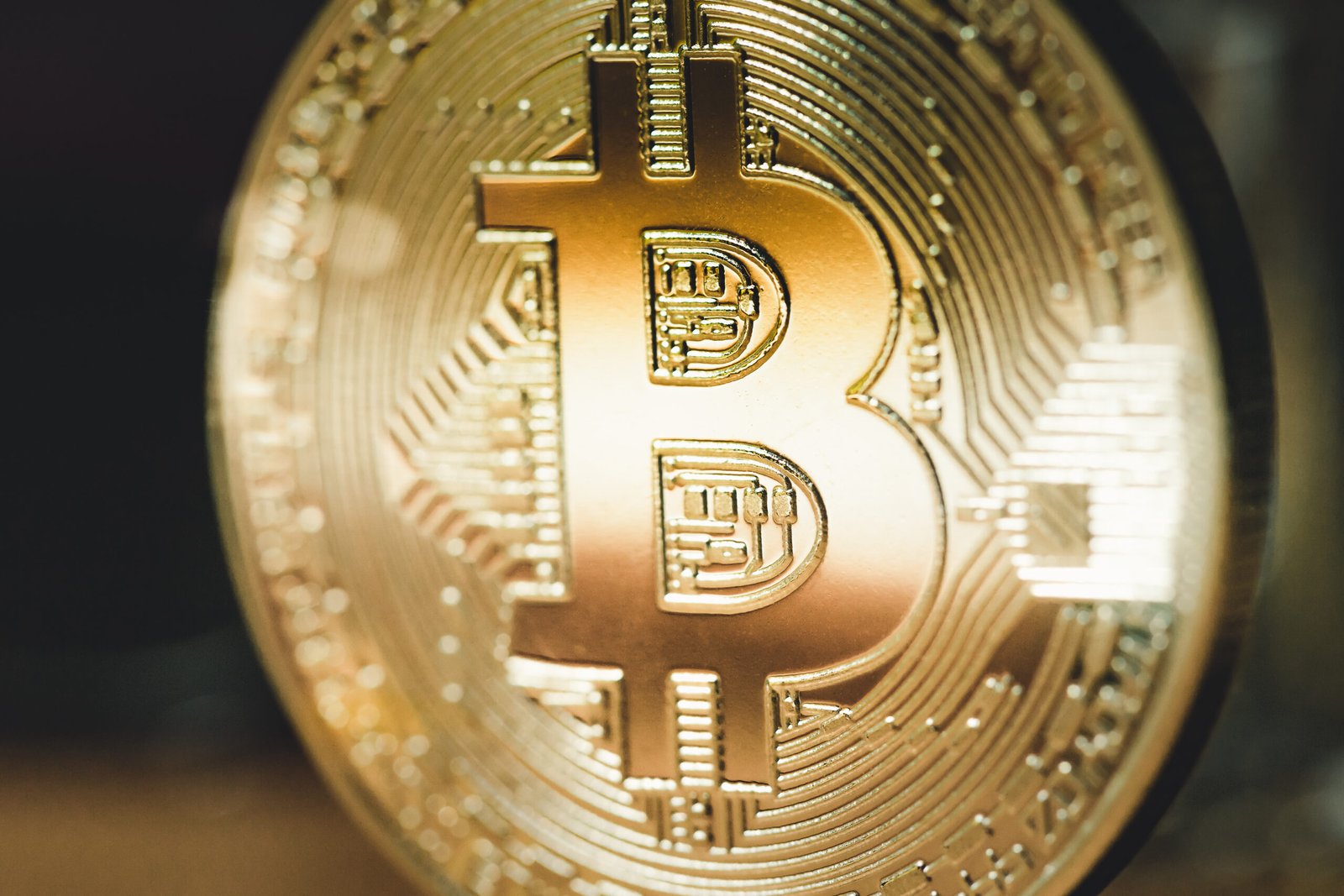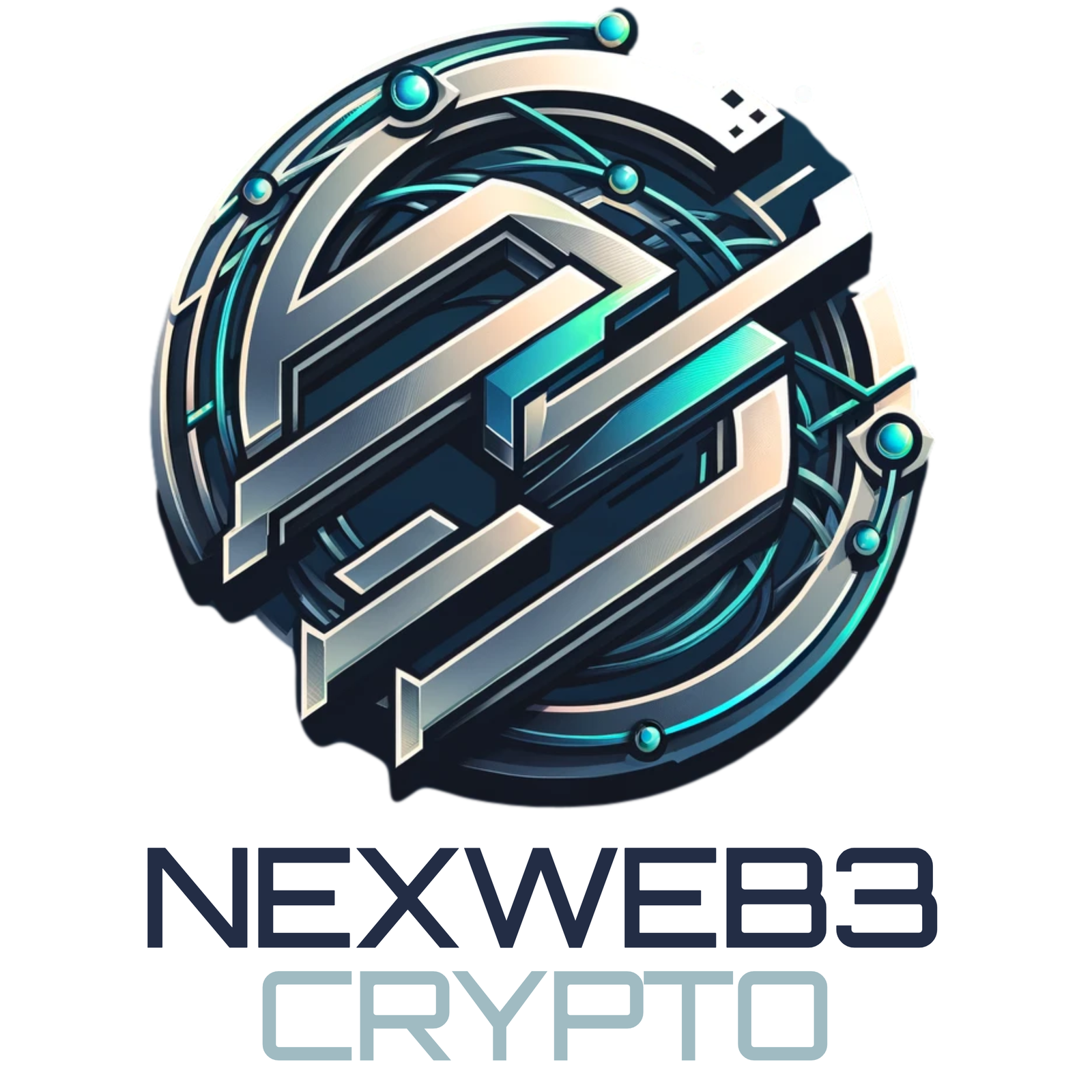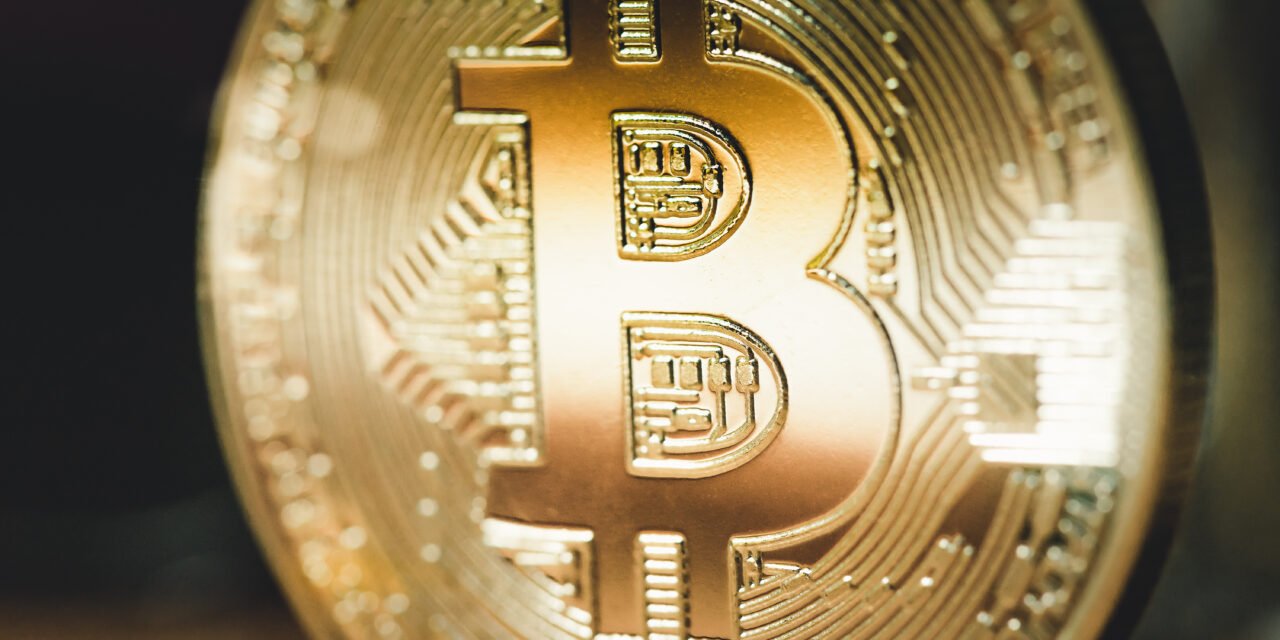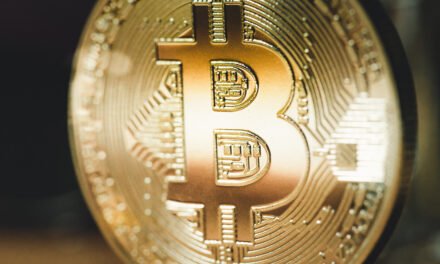Stablecoins have become an integral part of the cryptocurrency ecosystem as they act as a bridge between traditional finance and digital currencies. These coins are designed to maintain stability by pegging them against assets such as fiat currency or commodities. This makes them distinct from other volatile cryptos like Bitcoin or Ethereum. With their unique feature set stablecoins offer users with greater financial security in uncertain times when markets fluctuate rapidly. As more people seek refuge from unpredictability caused by global events such as pandemics or geopolitical tensions – stablecoins will continue playing a crucial role within this industry.
Stablecoins can be classified into three main categories: fiat collateralized, crypto collateralized and algorithmic. Fiat collateralized stablecoins like Tether (USDT) or USD Coin (USDC) are backed by actual bank account reserves of real world currencies. Cryptocurrency is used as security for crypto collateralized coins such as DAI but overcollateralization is necessary due to market volatility. Algorithmic stablecoins rely on smart contracts and market mechanisms rather than physical assets for regulation of supply and demand.

Digital currencies like stablecoins have managed to maintain their value by implementing various strategies that ensure they remain anchored to the pegged asset. Fiat backed coins for example undergo regular audits and transparency checks on reserves in order to keep up with demand changes while algorithmic models adjust supply based on market conditions – minting new coins when needed or buying them back if necessary. These methods help stabilize prices even during times of volatility which makes these types of cryptocurrencies attractive options for investors looking for stability within an unpredictable industry.
Stablecoins have made a significant impact on cryptocurrency markets by providing much needed liquidity and facilitating transactions in an otherwise volatile environment. Traders often turn to these tokens during market downturns as they offer protection against losses while allowing them to remain poised for new opportunities once the market stabilizes. By converting their investments into stablecoin form, investors can safeguard themselves from substantial financial damage caused by unpredictability within this sector of finance. The rise of such digital assets has transformed how people approach trading cryptocurrencies altogether – making it more accessible than ever before!
As more businesses embrace stablecoins for everyday operations they are enjoying lower fees and faster transaction times compared to traditional banking systems. The use of smart contracts has opened up exciting possibilities such as decentralized finance (DeFi) platforms that enable lending without intermediaries showcasing the versatility of these digital assets. These innovative applications demonstrate how far we have come in terms of financial technology advancements. With continued adoption by companies worldwide it seems likely that stablecoin usage will only continue growing over time.
Stablecoins offer an exciting new frontier for investors but navigating this space comes with its own set of risks and challenges. Governments are increasingly scrutinizing these instruments as they seek clarity around consumer protection concerns related to financial stability issues associated with them. Additionally transparency in collateral management is crucial – any mismanagement or lack thereof could lead users losing trust quickly. Investing wisely requires careful consideration when it comes to stablecoins!
The future of stablecoins presents an intriguing yet unpredictable picture. The increasing interest from institutional investors suggests that demand will continue to rise; however regulatory developments are likely to shape how these assets evolve over time. As central banks explore Central Bank Digital Currencies (CBDCs) competition may emerge between state backed initiatives and existing private sector solutions.
The rise of stablecoins represents both innovation within financial markets and the need for caution amid rapid change. While they offer unprecedented opportunities for investors and businesses alike- creating avenues previously unknown -they also carry inherent risks that require thorough understanding before diving into this evolving space. As we move forward through 2024 and beyond keeping an eye on trends will be crucial for anyone looking to navigate effectively! Stablecoin adoption is set to continue growing rapidly, so stay informed about their potential benefits as well as limitations if you want success in these exciting times ahead!





